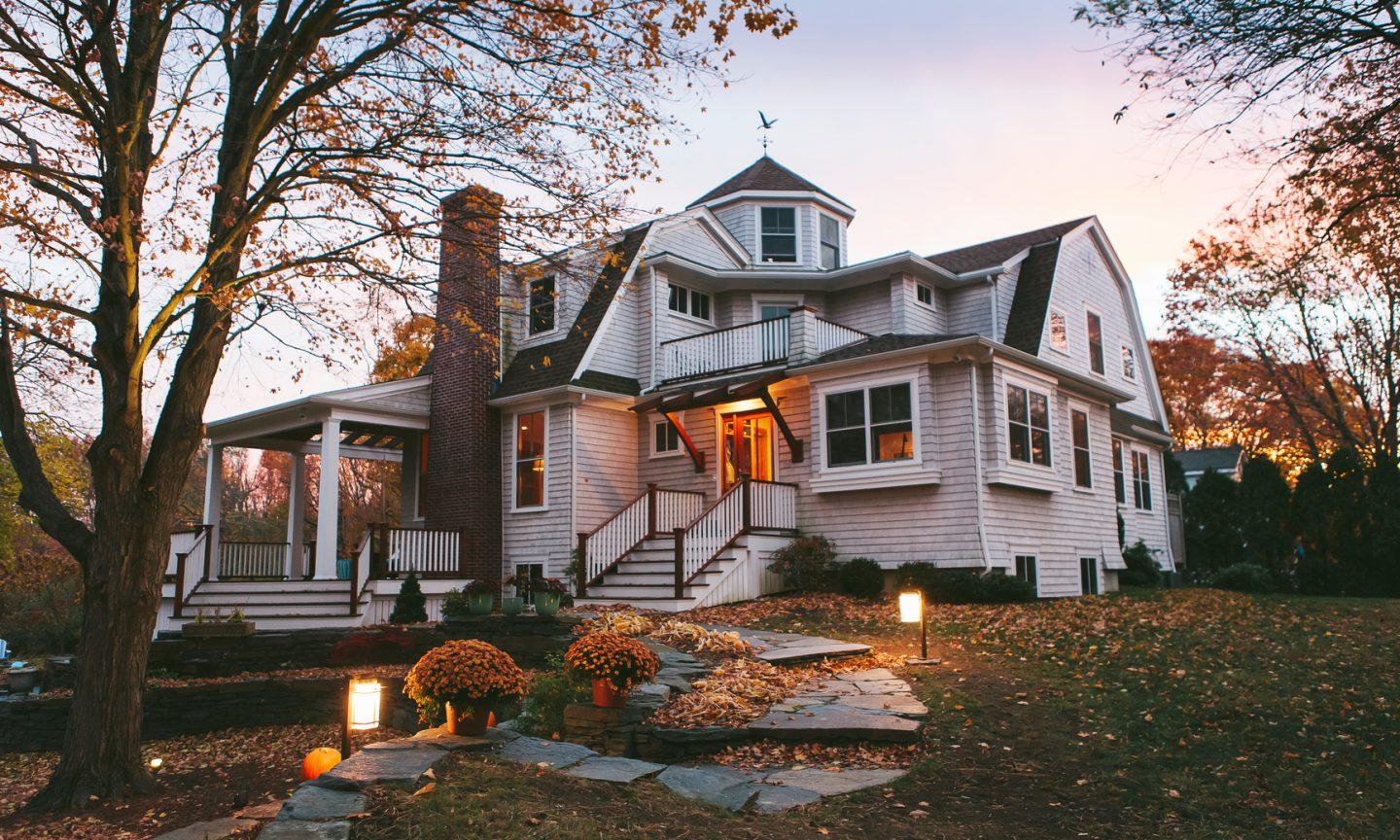What Is Real Property?
Real property is a parcel of land and everything that is permanently attached to the land. The owner of real property has all of the rights of ownership, including the right to possess, sell, lease, and enjoy the land.
Real property may be classified according to its general use as residential, commercial, agricultural, industrial, or special purpose. In order to understand if you have the right to sell your home, you need to know which rights you possess—or don't possess—in the property.
KEY TAKEAWAYS
- Real estate is defined as land at, above, and below the earth's surface, including all things permanently attached to it, whether natural or artificial.
- For practical purposes, the term real estate is synonymous with real property.
- Personal property is defined as all possessions that don't fit the definition of real property, such as clothes, cars, and furniture.
Understanding Real Property
To understand how real property is defined, it's helpful to start with land and real estate. Land is the earth's surface extending downward to the center of the earth and upward to infinity, including everything that is permanently attached by nature (or at least attached for the foreseeable future), such as boulders, trees, and water.
Land also includes the minerals below the earth's surface and the airspace above the land.
In contrast, real estate is defined as the land at, above, and below the earth's surface, including everything that's permanently attached to it, whether natural or artificial.
Therefore, the definition of real estate extends to all artificial, permanent improvements to the land such as streets, utilities, sewers, fences, and buildings.
Real property is a broader term than real estate, as it encompasses the interests, benefits, and rights inherent in the ownership of real estate.
The broader term real property includes the physical land (the surface and what lies below and above it), everything that is permanently attached to it—whether natural or artificial—plus all the rights of ownership, including the right to possess, sell, lease, and enjoy the land.
Each state has its own laws regarding what is real property and how to handle its sale. For the most part, real property is not subject to federal law because real estate by definition does not move across state borders.
Estates in Real Property
The amount and kind of interest a person has in real property is called an "estate in land." Estates in land are broken down into two major classifications: Freehold estates and non-freehold estates.
Freehold Estates
Freehold estates involve ownership. They have an indefinite duration and can last for a lifetime or forever. Examples of freehold estates include:
- Fee simple. A holder of an estate in fee simple is entitled to all rights in the property. It is the highest type of interest in real estate recognized by law. The estate is of unlimited duration, and when the owner dies, the estate passes to the owner's heirs.
- Life estate. A life estate is limited in duration to the life of the owner, or to the life or lives of some other designated person(s). Unlike a fee simple estate, a life estate is not considered an estate of inheritance.
Non-Freehold Estates
Non-freehold estates involve leases. They cannot be passed to an heir and they exist "without seisin"—or without ownership. Also known as a leasehold estate, non-freehold estates are created through written and oral leases and rental agreements.
Examples of non-freehold estates include:
- Tenancy for years. This is an estate created by a lease that has a definite beginning and end. The lease terminates automatically at the specified end date. Also called estate for years.
- Tenancy from period to period. This estate exists when the tenancy is for a definite initial time but is automatically renewable for an indefinite period unless the owner or tenant terminates it with prior notice. Also called estate from year to year.
- Tenancy at will. This type of tenancy can be terminated at any time by either the owner or tenant. Also called estate at will.
- Tenancy at sufferance. This is the lowest form of estate known to law. It exists indirectly as a result of circumstance and is never created deliberately. It occurs when a person who formerly had a legal right to use the property remains on the property without a legal right to do so and without the owner's consent. The only difference between a tenant at sufferance and a trespasser is that the former had a right to be on the property at some point, but stayed beyond the terms of the lease or agreement. Also called estate at sufferance.1
Real Property vs. Personal Property
The law makes a clear distinction between real property and personal property. Real property is immovable. It includes the land, everything that is permanently attached to it, and the rights that "run with" the land.
Personal property, on the other hand, is movable. It is defined as everything that is not real property, such as your clothes, furniture, cars, boats, and any other movable items that aren't attached to real estate.
Real Property vs. Real Estate
Real estate is land at, above, and below the earth's surface, including everything permanently attached to it, whether natural or artificial. Real property is everything included in real estate, plus the rights of ownership, including the right to possess, sell, lease, and enjoy the land.
What Is Real Estate vs. Real Property?
The terms are used interchangeably but real property is actually a broader term. Real estate is defined as land and everything attached to it. Real property extends to the interests, benefits, and rights inherent in the ownership of real estate.
What Are Some Examples of Real Property
A natural formation like a hill or a pond can be real property. So can an artificial addition such as a house, a driveway, or a garden shed. If someone owns the land that any or all of these things are situated on, that person has the right to use, manage, and dispose of it.
These rights have come down to us from English common law. They are, of course, constrained by state and local laws. You may own a barn, but if you decide to open it up as a weekend party house, local zoning laws and your neighbors may have some say in the matter.2
Is a Car Real Property?
A car is tangible personal property, not real property, as the car presumably can be moved. Unlike a great deal of personal property, a car can be used to secure a loan. A car loan is secured by the vehicle, as a mortgage is secured by a house.





